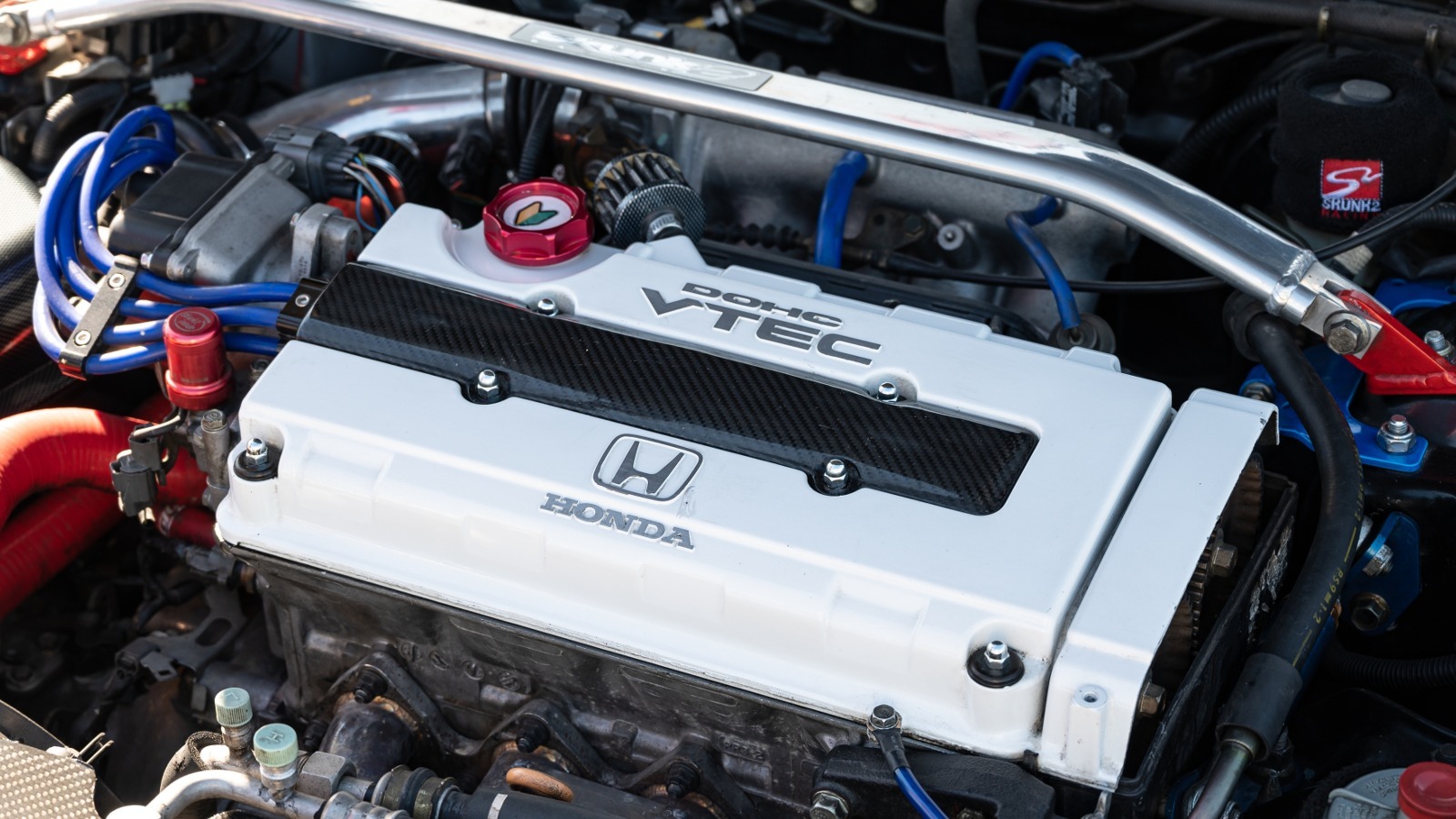
Before delving into the differences between SOHC and DOHC engines, it is beneficial to understand the functioning of camshafts and valves in car motors.
Internal combustion engines generate power through small, contained explosions. These explosions drive the pistons up and down inside the motor. The pistons then transfer this power to the crankshaft, which powers various other components, including the timing chain or belt and the transmission. As the timing chain rotates, it turns one or more camshafts. The camshafts are crucial for opening and closing the exhaust and intake valves. The intake valves allow air to enter the combustion chambers, enabling the explosions of mixed gasoline and oxygen. The exhaust valves facilitate the exit of the waste from these explosions through the exhaust system.
For the engine to function properly, the intake and exhaust valves must be precisely timed. They can open and close at the appropriate times due to the synchronized operation of the camshaft(s), crankshaft, and timing chain. Every component in this system plays a vital role, and if one component fails, the entire system loses balance. The crankshaft derives its power from the pistons’ movement and, as it spins, it turns the timing chain. The timing chain connects both the crankshaft and the camshaft(s), coordinating their movements and allowing the valves to open and close at the correct intervals. The valves’ opening and closing enable the process to restart, with more oxygen entering the combustion chambers, facilitating the explosions that propel the pistons and spin the crankshaft.




